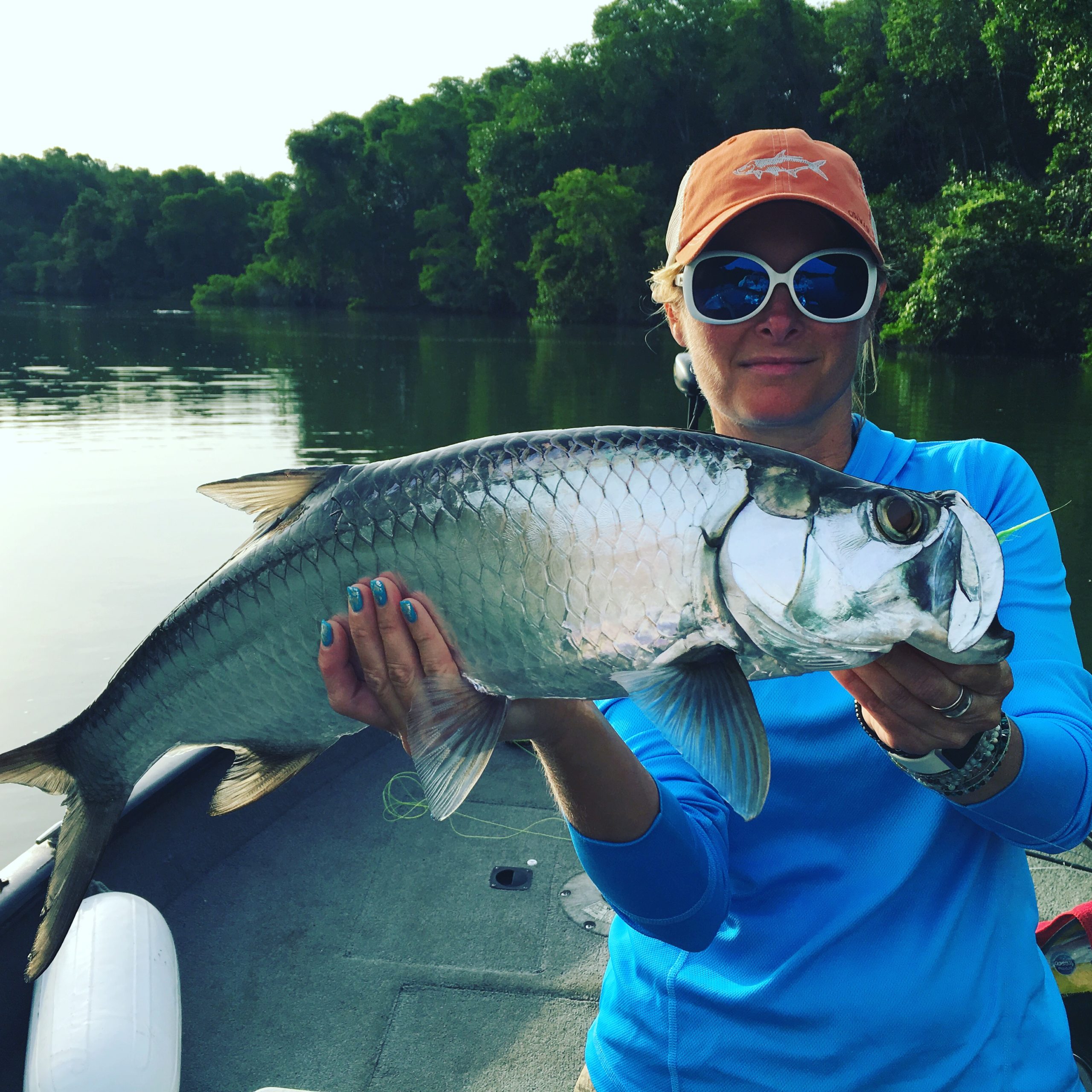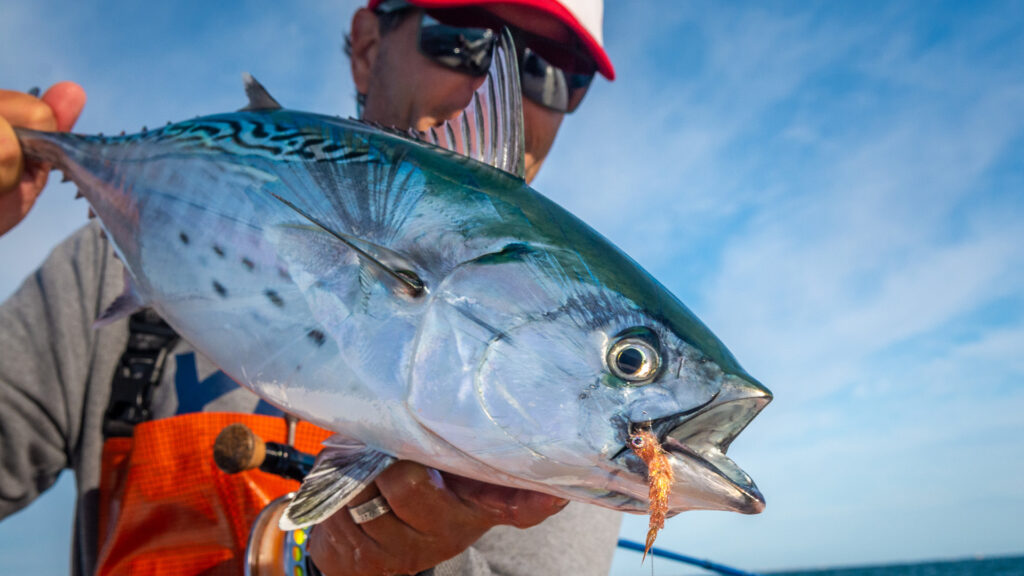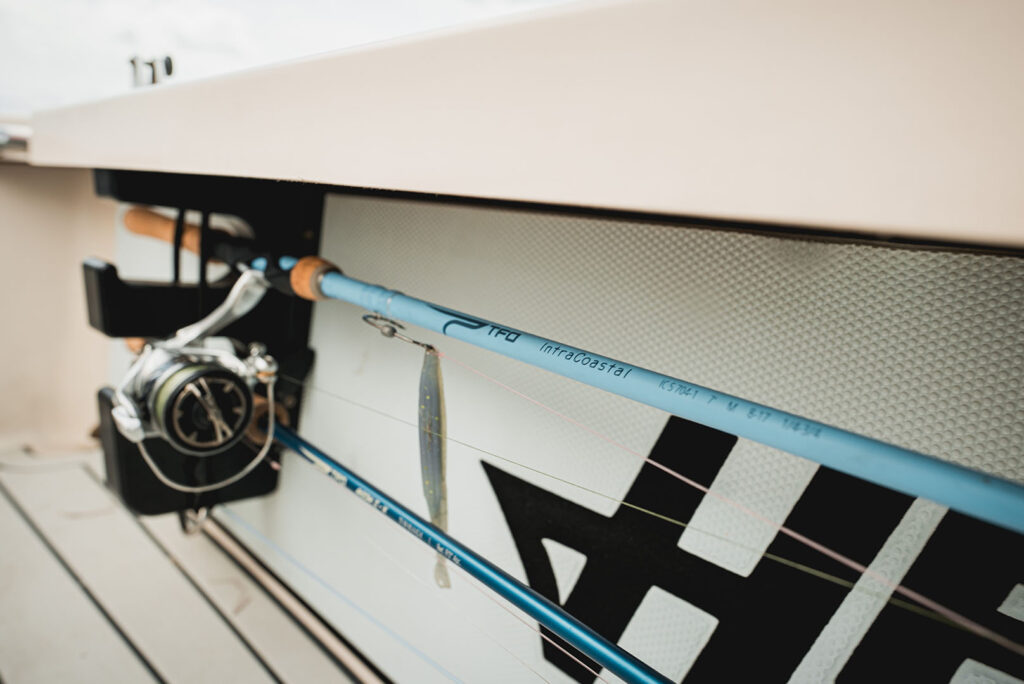Today’s topic is women in fly fishing. And there’s no better authority on that issue than DUN Magazine editor Jen Ripple. DUN’s target audience is women who fly fish or want to fly fish. TFO blog editor Mike Hodge chatted with Jen about a handful of issues. Below are excerpts from a recent interview.
TFO: How many speaking engagements do you do in a year? I’m curious about that.
JR: “I don’t know. I haven’t even counted. The longest I’ve been home since January 2nd is four days. I’m getting too old for this.”
TFO: There’s been a lot of discussion about the growth of women in fly fishing on the internet. We all hear a lot of talk about it. Any statistical evidence of this? Numbers, percentages, ballpark? We don’t have to be exact.
JR: “I think it’s forty percent, something like that. It’s been a little bit since I’ve looked at that.”
TFO: When did you first notice this growth?
JR: “I noticed the growth about four years ago dramatically starting to increase. I don’t know if it was women were always involved, but then they had a forum to actually talk about it (with the magazine). And then then magazine gave them the opportunity to meet all these women or if the magazine helped or it was a lucky time when all of this was happening. I would say four years ago, and I can say from the magazine end, that growth has been exponential.”
TFO: Where did you notice this growth? Trade shows, women on the water, magazine subscriptions? I’d like to get a handle on that.
JR: “Interestingly at the trade shows two years ago, maybe three years ago, the Fly Fishing Show had a women’s showcase. It was very small. So two years ago, I took over the women’s showcase. It was, I think, an eye-opener for Denver and Edison at the time, Somerset back then. It was an eye opener for the manufacturers, because we were only allowed ten booths, but we filled ten booths. It was all women with businesses in fly fishing. The amount of women that came and flocked to that was just huge. Then last year was even bigger. I’d say it was twice as big as the year before.
“You asked about on the water. Absolutely, we’ve seen a huge increase in that. Go out West and you’ll see women in every other boat, every third boat. Whether they’re the guide in the boat or a woman in a boat, or a woman in a boat with a man, you see a huge amount. You see a lot of people saying they’re seeing more women on the water. That’s so true. Ten years ago, if you were a women fishing, you didn’t see another woman on local waters. Now, that’s completely changed. Here in Tennessee, there’s huge group, the Music City Fly Girls. There’s even a woman, who owns her own lodge outside of Nashville.”
TFO: What changed? What was the catalyst?
JR: “I think it’s a snowball effect. Women now can tell their story. Every time women tell their story, it encourages every-day women to get in the sport. The more you see women on the water, the more you hear their stories whether it’s through social media or in the magazine or in your local fly shop, the more women get involved. Again social media platform has given them the platform to see that there are other women out there, that it can be an every-day sport you can get involved in and not just a good ole boys club.”
TFO: When I think of recent women in fly fishing, I think of TFO’s Wanda Taylor, Lori-Ann Murphy, Meredith McCord, April Vokey. Are they partly responsible for the surge in popularity?
JR: “Absolutely. Joan Wulff, too. One of the first books about fly fishing was written by a woman in the 1400s. Women have always been there. In modern times, there have been catalysts. Wanda with teaching casting. Meredith McCord with all these records. Rebekka Redd on TV. Hilary Hutcheson. The list goes on. There’s so many. Seeing these strong women out there who are approachable and nice and they want to get other women involved. That’s helped, for sure.”
TFO: Have you noticed a change in how fly fishing companies market toward women?
JR: “Absolutely I have. For me back when the magazine started almost five years ago, it was hard to get a magazine to recognize the demographic let alone advertise to it. Now everyone’s jumping on the bandwagon. Women are not just fishing, they’re fishing in force. It’s a demographic that not only loves to fish, but buys the gear. That’s exciting to me. What it’s done is show that there’s a vast difference between the companies that are involved in getting into the women’s market and those that are not. That’s very, very evident.”
TFO: What made you want to start a niche magazine when so many others have failed and not just fly fishing magazines?
JR: “That’s why we started out digitally. I started the magazine, because I wanted to write for a women’s magazine and there wasn’t one. We started digitally because five years ago everything was digital. (Originally) I was going to be only digital and never go to print. It was more cost effective. We could reach more people. By the time we came out with print, which is extremely expensive to print an eco-friendly, vegetable-ink magazine, we already had a platform and a reader base to sell that magazine to. I know we wouldn’t have succeeded had we gone to print first.”
TFO: What kept you going? This was not like starting your own blog. …
JR: “People always ask me why aren’t you in your magazine more? I always say, it’s not about me. If I did want it to be about me, I would have had a blog. I want it to be about everyone. Women are so supportive. What keeps me going are the women who write in every day. ‘Thank you for letting me tell my story. Thank you for creating such a beautiful magazine.’ Yes, there are days when I ask why did I leave what I was doing before when this is an expensive undertaking where I put myself on the chopping block every day? Yeah, I think that, but at the same time, we’ve seen such growth in the magazine. We’re distributed by Books-A-Million and Barnes & Noble. Orvis picked us up. We’re growing as a magazine. We’re actually in the black, which is unheard of. It’s the women and the men who support us as well that keep us going.”
TFO: What’s been your biggest challenge, now or before?
JR: “Advertising and getting support from the manufacturers. That was the hardest part. When I first started, I had a guy tell me it was great. But it would be one (edition of the) magazine, that there weren’t enough women out there to support it. I just knew he was wrong. I have so much content. Women write in all the time. Content has never been an issue. Paying for the content and paying for the magazine itself has been hard. Now the manufacturers are starting to jump on board. That’s been encouraging.”
TFO: Why do you think women are attracted to fly fishing?
JR: “In this age where everyone is so busy and so stressed out, it’s so digital. You’re always on your phone or computer. The aspect of being able to get outside and be in a beautiful place by water, which has been shown to be a big stress reliever. And then to have a sport that you can do regardless of what type of physical shape you’re in. If I want to rock climb, I can’t rock climb. I’m 50 years old. I’m not in the shape that I was when I was 20. Someone who’s 70 can still do this sport in a beautiful place. That’s attractive. You don’t have be a perfect athlete to do this sport. And it’s a way to get your kids into nature. It’s something you can do with your kids and you don’t have be good at it to enjoy it.”
Thoughts on Jen’s interview? Let us know with a social media post or a comment below.






